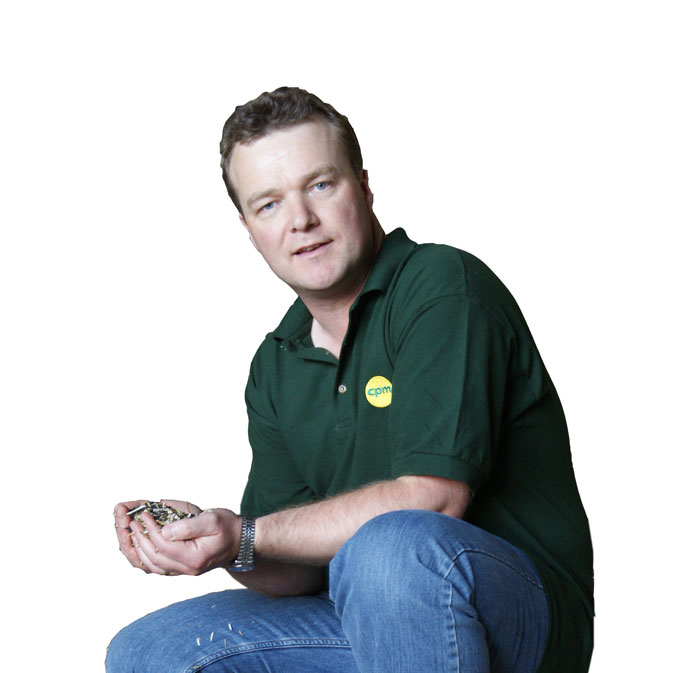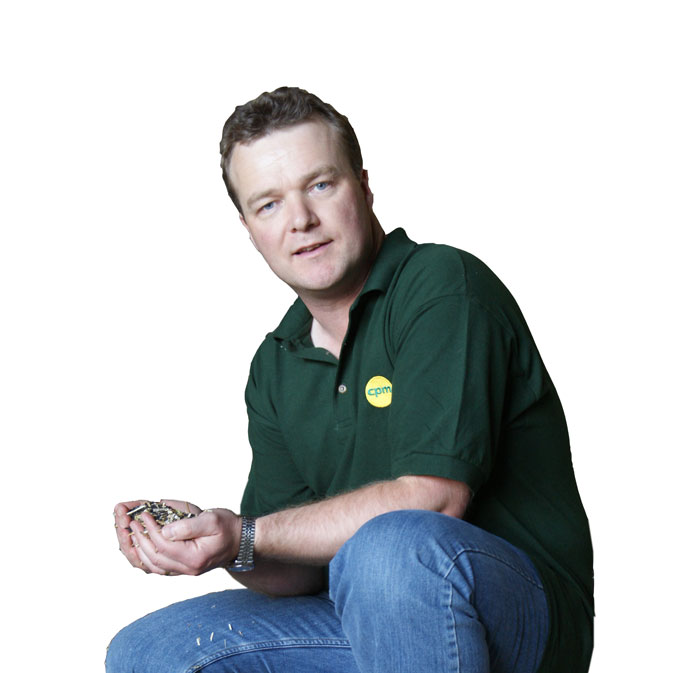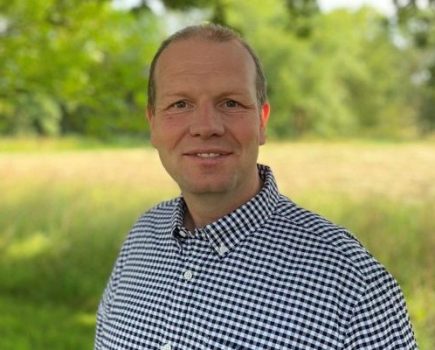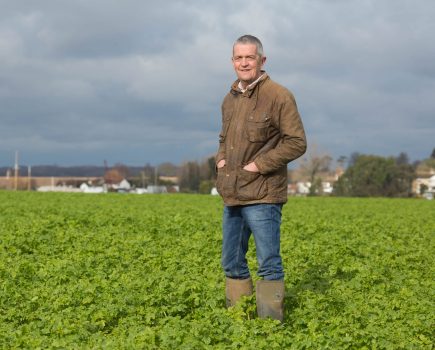 June, it seems, is the month where everything comes together.
June, it seems, is the month where everything comes together.
Our triticale, always a gratifying crop, is looking particularly fulsome. I’ve less confidence in the oilseed rape, and we’ve had to cull some areas. But contrary to recent reports, our blackgrass levels are low this year.
It’s also the time when field margins and Countryside Stewardship bits look at their best. We have one small field we took out of production two years ago and put into arable reversion that’s flowered for the first time, and suddenly all that effort has paid off.
It’s probably just as well we get that sense of personal gratification because the reward from the public purse for this public good is woefully lacking. It’s not the scheme itself, but the way it’s administered – I feel I’ve had to fight tooth and nail to justify to Natural England every single 0.01ha I’ve declared that’s making a contribution.
I still haven’t received final payment for 2016 – there’s an unsettled claim for offsetting sitting on someone’s desk at Natural England and has been since Feb 2017. Things came to head when I couldn’t even submit the claim for 2018, and had to do so with paper forms, with the reassurance that everything would be finalised shortly (still waiting). That’s before you get to the shambles of the 2017 debacle.
I understand from reports that I am not alone. While I’m out of pocket, thankfully I haven’t been fined. I suspect there are many farmers like me who can’t see the point in bellyaching as to whether every 0.01ha of wild bird cover is exactly where it should be – it doesn’t make a jot of difference to the wildlife.
But that’s where, in amongst all the shenanigans, Defra decided to deliver its body blow recently – according to latest stats, butterfly numbers are still plummeting. It’s been latched onto by NGOs as yet another glorious justification of their assertions that farmers are doing their best to drive these creatures to extinction. As I wander among my flower-rich meadow, now teeming with butterflies, I’m beginning to lose sight of the bigger picture, that this is a glorious meadow, and instead I obsess about how I can get that message across to Government.
That’s what worries me about Michael Gove’s green Brexit. NFU president Minette Batters has likened him to a magpie (see Cereals report), and it’s an apt description as you can see him being drawn to the glittering jewel of a rewilded countryside rich in wildlife. This is the promise from various NGOs who clearly don’t have any idea how farmers are going to deliver it. And if we did try to do so, would we not consign ourselves to yet more measuring of inconsequential areas, delayed payments, mind-numbing bureaucracy and stats that tell us we’re not doing our job?
Minette has quite wisely pointed out that the environment is not the only glittering jewel with which the arable sector can entice Magpie Michael. The NFU has launched its Your Harvest campaign, aiming to get every MP in the country out on to farm as the harvest comes in. It’s a tall order, considering there wasn’t even one single Government minister at the Cereals event, but that in itself illustrates that as an industry we fail to polish and present our glittering jewels.
The interesting thing about my glorious wildflower meadow is that, when in arable production, it yielded enough to feed around 1000 people. It may be thronging with butterflies, but I’ve offset that responsibility to grow food onto someone else in the world, and who knows how many acres of rainforest will come down as a consequence?
The irony is that in just the next door field I had to destroy the crop to stop blackgrass seeding – that’s another 1000 people potentially going hungry. But if I’m given the right tools, incentives and innovations, I can produce a crop in that same field that’ll feed 2000 people. That’s back to the level of food I was producing across the two fields before I put the first into arable reversion. Now there’s a thought, and something of a glittering jewel with which to entice Magpie Michael.
Tom Allen-Stevens has a 170ha arable farm in Oxon, and still hasn’t found its pot of glittering gold. @tomallenstevens




